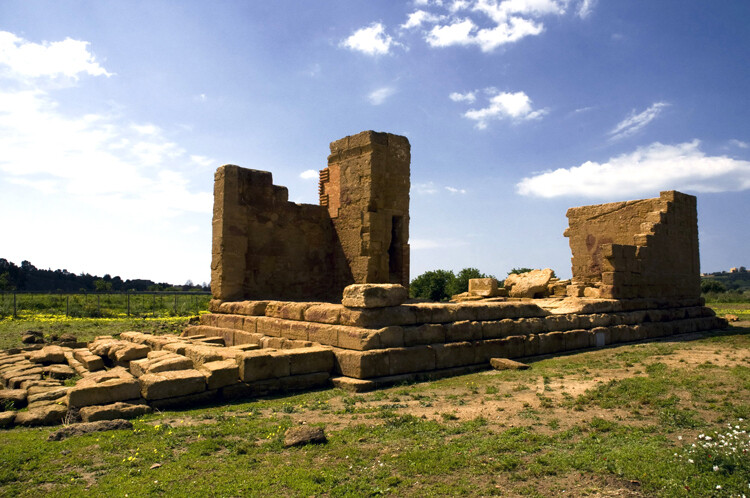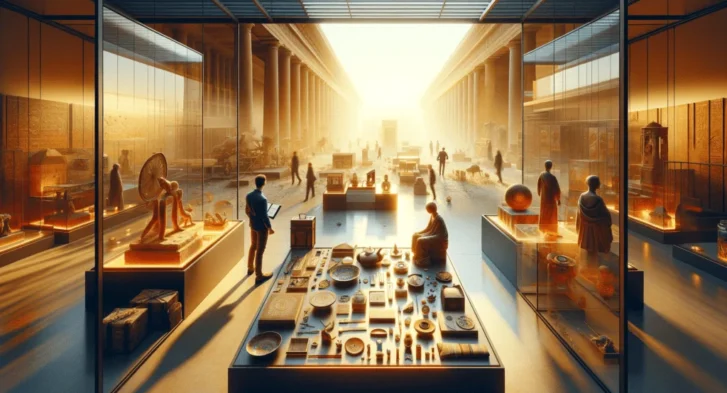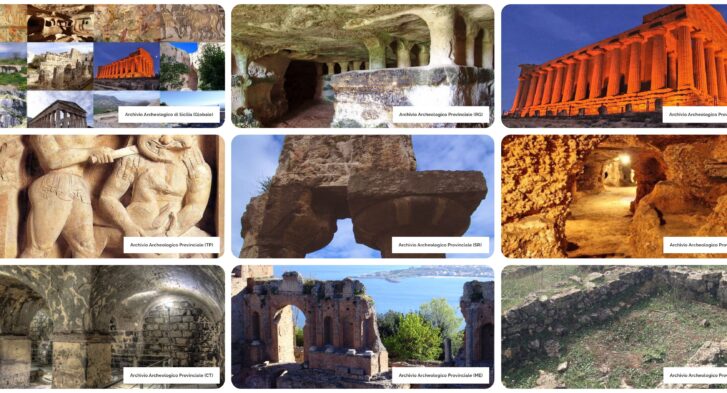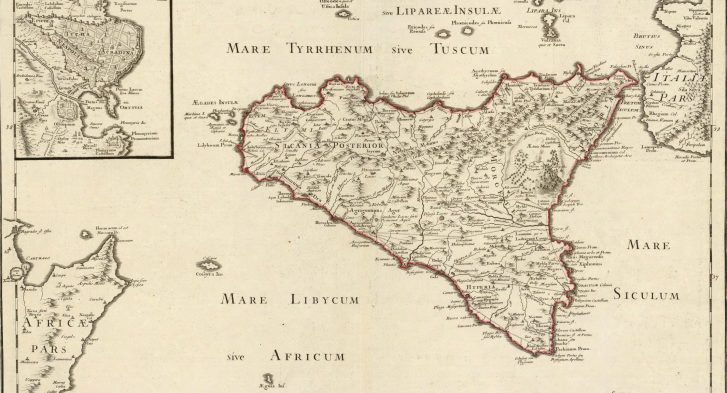Asclepius (Aesculapius)
Reference page: Repertory of Cults and Myths
Origins of the Myth
According to Greek mythology, Asclepius (Aesculapius of the Romans) is the patron god of medicine. Son of Apollo, was raised by the centaur Chiron who taught him the art of medicine. Asclepius became very skilled in this art and made countless healings. He also discovered the way to raise the dead; in fact, when perseus cut off the head of Medusa, the gorgon with a head full of snakes that petrified anyone who dared to look her in the eyes, collected the blood of the Medusa, which had magical properties, and gave it to Athena who in turn handed it over to Asclepius. Medusa's blood had the following characteristics: what came out of the left vein was a terrible deadly poison, while what came out of the right vein had beneficial properties and Asclepius was able to use it to resurrect the dead. Many people were brought back to life, but it didn't please people Zeus, the guarantor of universal harmony, who, fearing the upheaval of the order of the world, thundered Asclepius.
Among the attributes of Asclepius, the snake is of particular importance, sometimes coiled into a stick (caduceus) that can happen to be seen in the pharmacy. In fact, this attribute has become the symbol of pharmacists.
The cult of Asclepius was especially widespread in the Peloponnese, where a school of medicine was born which was initially based on magical rituals but which later marked the advent of a more scientific medicine. The practitioners of this art were called Asclepiadei and one of these was the famous Hippocrates, whose family was linked to that of the god Asclepius. Sanctuaries generally consisted of a source or a well surrounded by a sacred wood and the Adyon, the sacred clinic where the sick spent a night after which, following a dream probably induced with drugs, healing took place.
The Myth in Sicily
In Sicily the main centers of this cult were Agrigento e SIRACUSA, where the cult of Asclepius was linked to that of Apollo, who was also considered the protector of medicine [Ciaceri Emanuele: Culti e Miti dell'Antica Sicilia p. 162]. The link between the two divinities emerges from Cicero's account of Verres' robbery: he stole the statue of Apollo which was inside the temple of Asclepius [Verrine, II.IV 93].
A SIRACUSA, not far from the temple of Apollo, whose imposing remains are still visible in Largo XXV Luglio, there must have actually existed a temple dedicated to Asclepius. In fact, in Piazza Pancalli, in 1901, two statues from the Roman age were found, one of which depicted Igea, the daughter of Asclepius, personification of health and whose cult was associated with that of her father.
Traces of this cult would also be had to Hymera and Menai.
One of the sanctuaries found in Selinunte, the so-called small temple B, is perhaps to be associated with the cult of Asclepius, although some hypothesize that it belonged to Demeter [F. Coarelli and M. Torelli: Sicily “Laterza Archaeological Guides” p. 93].
Another sanctuary dedicated to Asclepius is that of Agrigento, in the center of the plain of S. Gregorio, dated to the end of the XNUMXth century. B.C

Temple of Aesculapius – Agrigento (Photo: Ignazio Caloggero)
Ad Eloro, about 8 km. South-east of Noto, a small temple was found, which may also be attributed to Asclepius.
The cult of Asclepius had to be spread also to Messina. In correspondence with the Cathedral, in fact, a base belonging to a statue bearing an inscription dedicated to Asclepius was found, while a small sanctuary, dating back to the beginning of the Greek colonization of the city, was excavated at the end of the port, under the statue of the Madonna.
Extract from the Book ” Cults of Ancient Sicily” by Ignazio Caloggero ISBN: 9788832060102 © 2022 Centro Studi Helios srl







